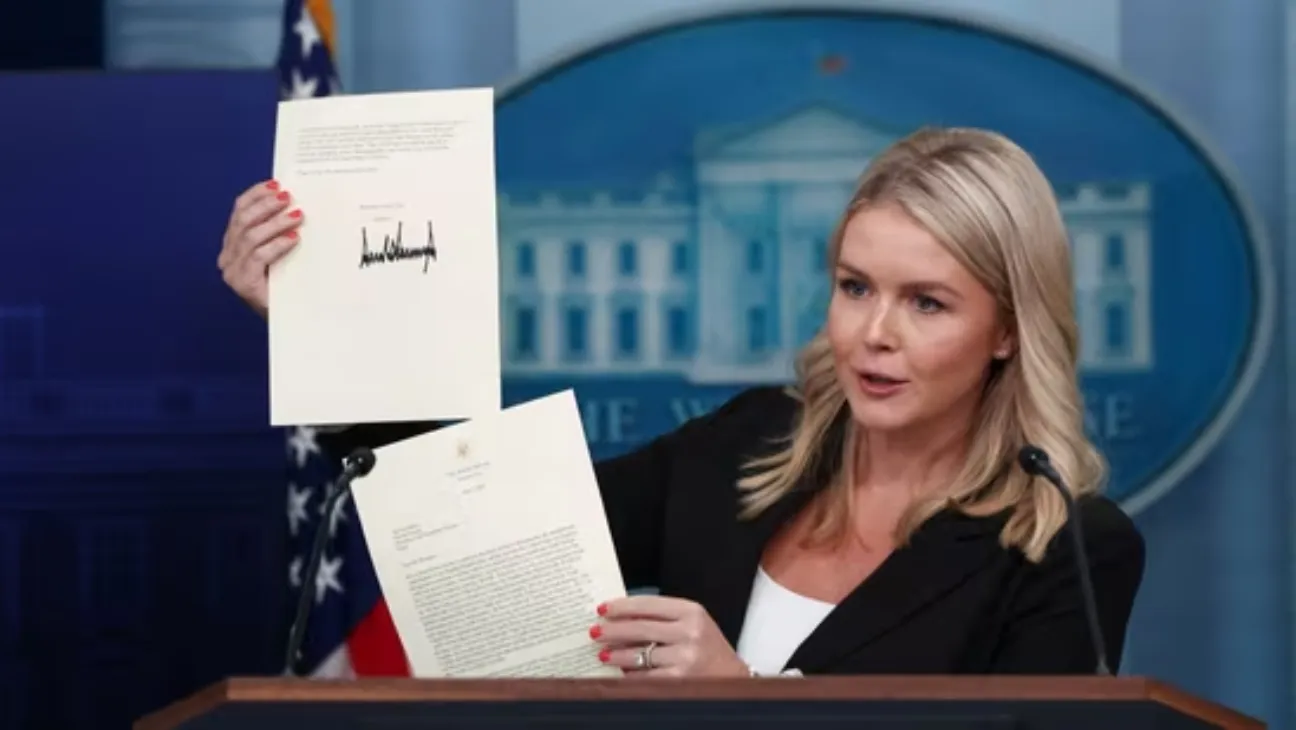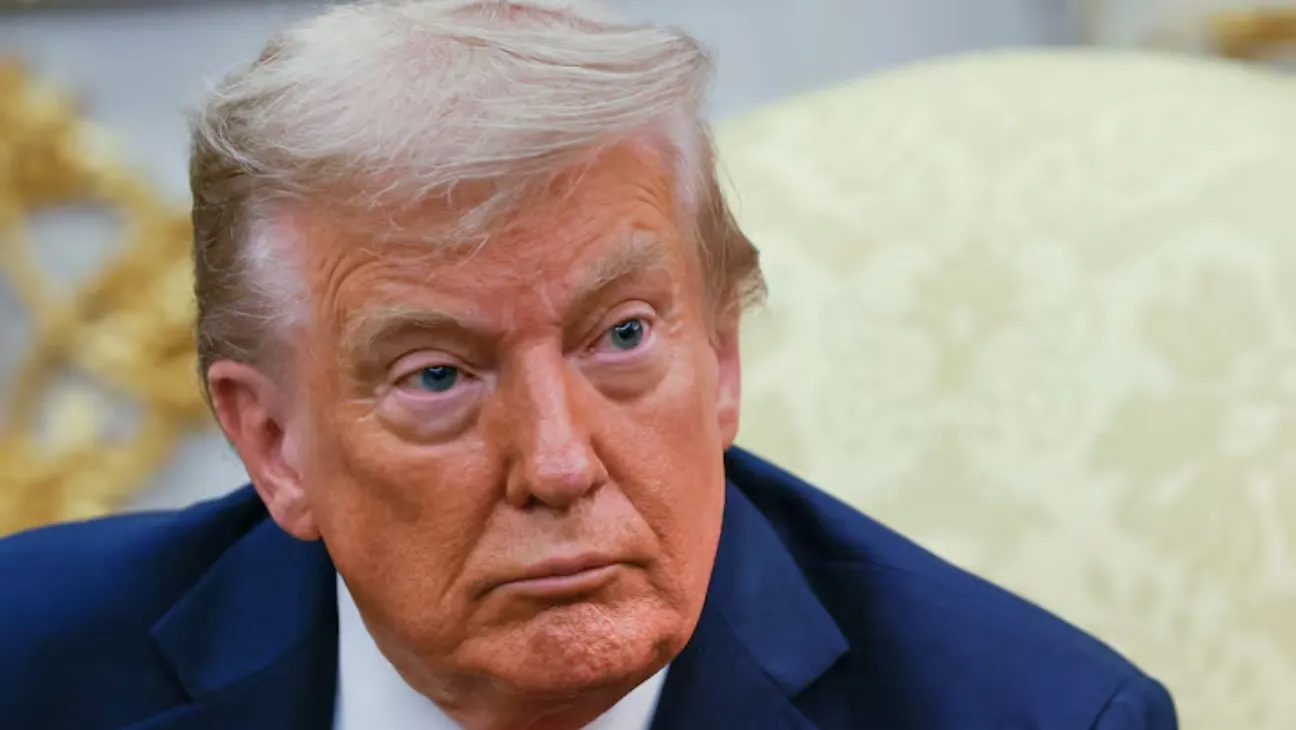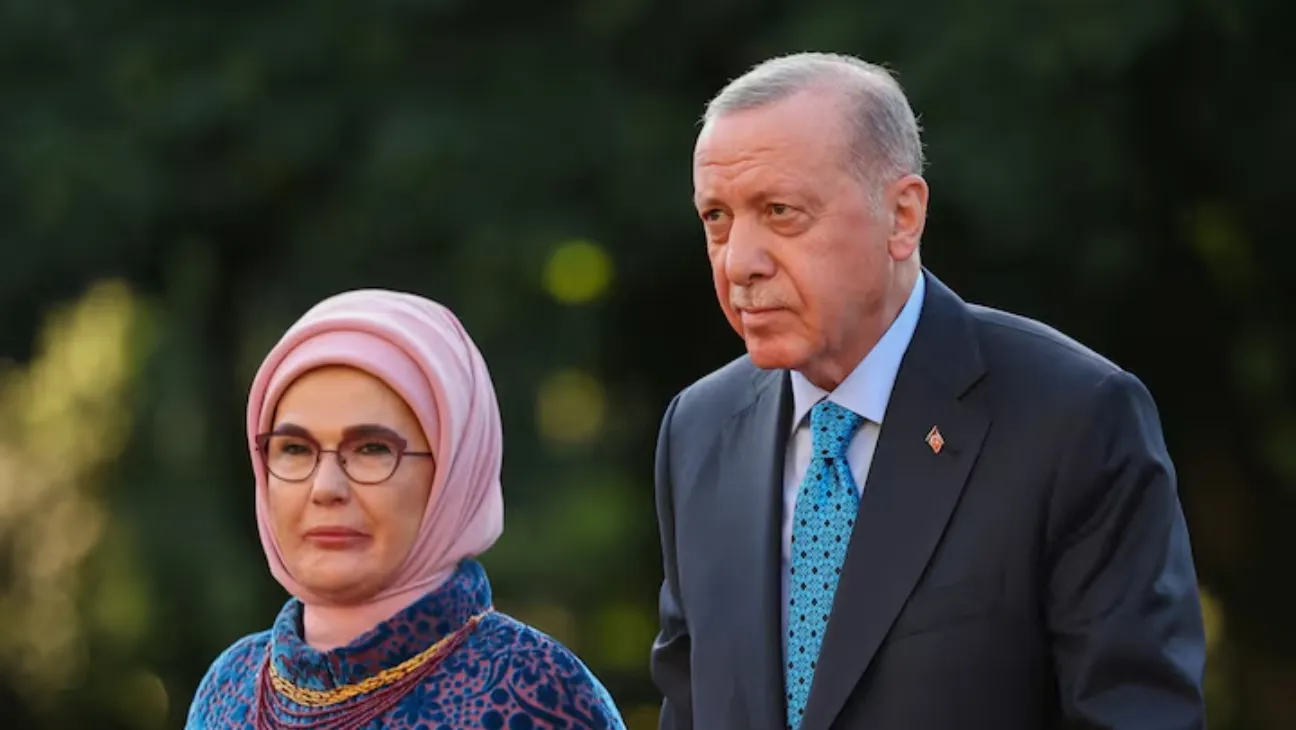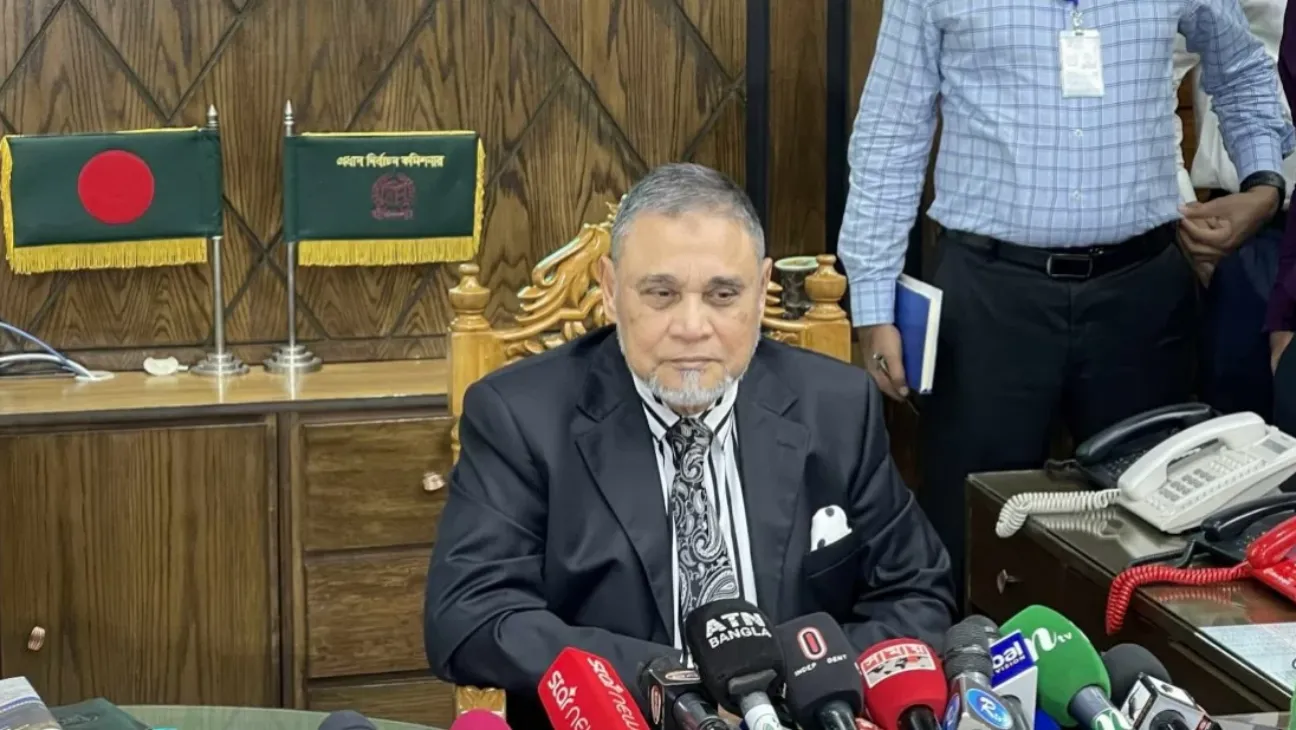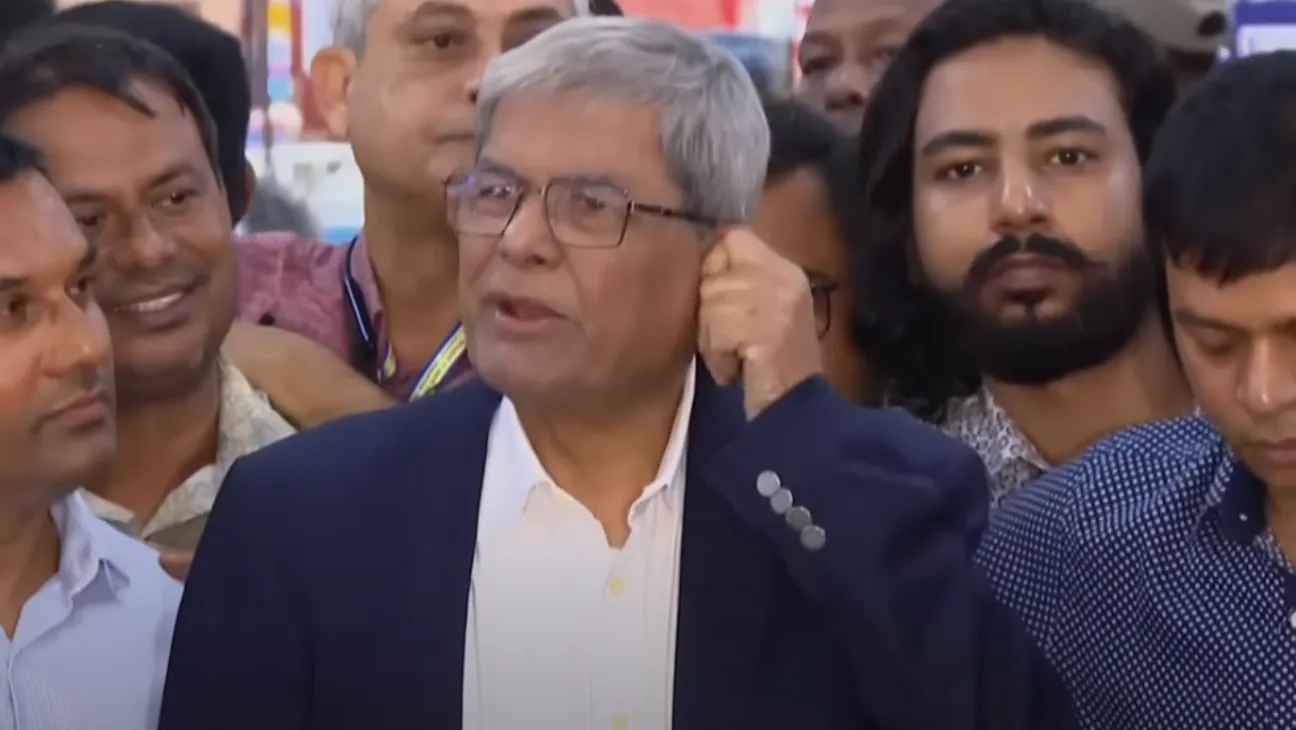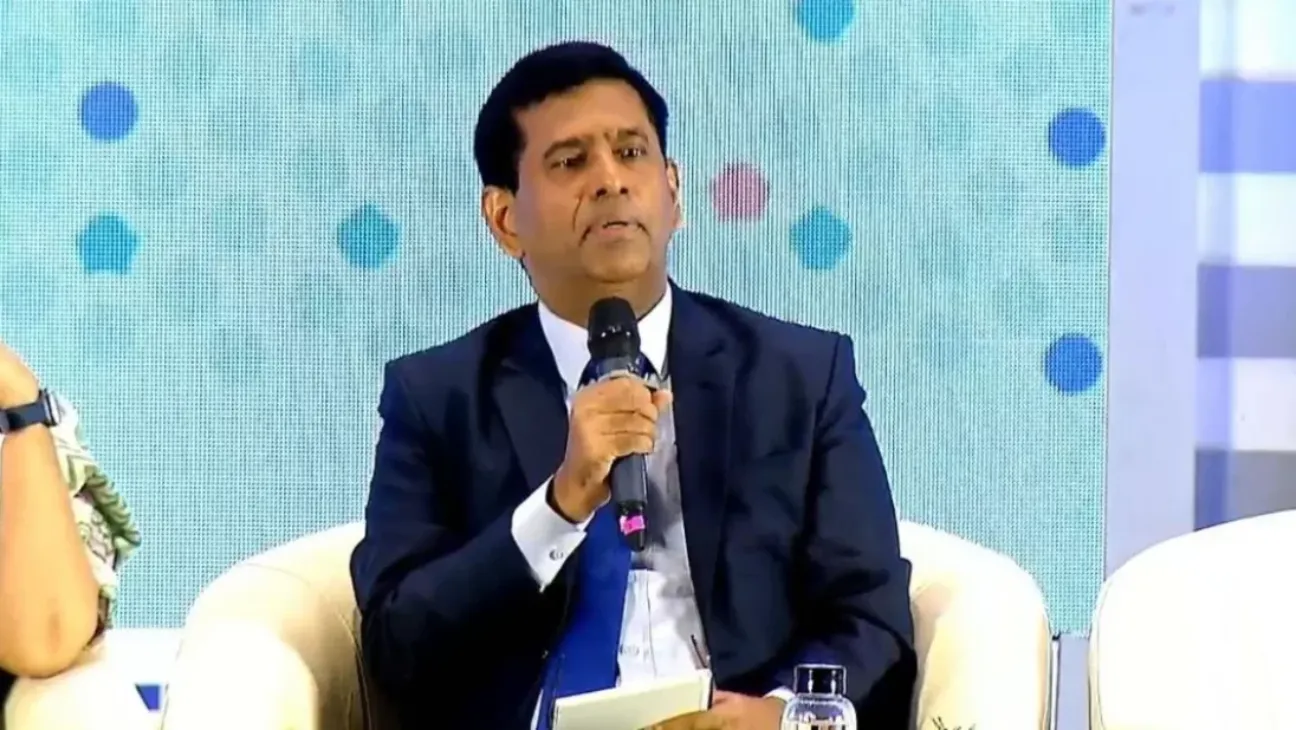President Donald Trump escalated trade tensions Monday by sending formal letters to 14 countries, notifying them of new tariff rates set to take effect on August 1. The move, announced through a series of posts on Truth Social and confirmed by the White House, follows months of warnings and rounds of negotiations.
The letters, addressed to leaders in countries including Japan, South Korea, Malaysia, Bangladesh, and South Africa, detailed new tariff percentages ranging from 25 to 40 percent. Each letter cited the U.S. trade deficit and domestic policy concerns as justification for the changes.
Japan and South Korea were the first to receive the notices. Both countries will face a 25 percent tariff on exports to the U.S. starting August 1. Just hours later, the list expanded to include Malaysia, Kazakhstan, Myanmar, Laos, and South Africa. By the end of the day, Trump had added Tunisia, Bosnia and Herzegovina, Indonesia, Bangladesh, Serbia, Cambodia, and Thailand.
White House Press Secretary Karoline Leavitt said more letters may be coming.
“These tariffs are reciprocal and reflect trade imbalances,” Leavitt told reporters. She added that Trump would delay the originally planned July 9 deadline through executive order, moving it to August 1 “in the best interest of the American people.”
In the letters, Trump urged countries to avoid the tariffs by relocating production to the United States. He also warned that any retaliatory tariff would be met with an equal or higher response from Washington.
“If for any reason you decide to raise your tariffs, then, whatever the number you choose will be added onto the tariffs that we charge,” one letter read.
For now, the tariffs will not stack on top of existing industry-specific duties. That includes current rates on automobiles and electronics, which were already subject to high tariffs.
According to the Commerce Department, the U.S. imported $351 billion worth of goods from the first seven countries notified on Monday. Japan and South Korea alone accounted for $280 billion of that total, making them among America’s top trading partners.
Imports from those two countries include vehicles, car parts, semiconductors, and pharmaceuticals. These are industries that could see price hikes in the U.S. market if the new duties are enforced.
Malaysia, which is now facing a 24 percent tariff, was the second-largest supplier of semiconductors to the U.S. last year. South Africa, hit with a 30 percent duty, is a leading source of imported platinum.
While some tariffs were slightly adjusted from the administration’s earlier April proposals, most remain in the same range. Still, the possibility of higher rates looms, especially if partner countries retaliate.
Markets responded quickly. The Dow Jones Industrial Average dropped 422 points. The S&P 500 and Nasdaq also closed lower, each posting their biggest single-day losses in about three weeks. Shares of automakers with strong ties to Japan and South Korea fell sharply. Toyota dropped 4 percent. Nissan slid over 7 percent. Honda was down nearly 4 percent.
While only three deals have been reached in the past three months, Trump insists the strategy is working. He said world leaders continue to contact him “begging” for trade deals.
“These tariffs may be modified, upward or downward, depending on our relationship with your country,” the letters concluded. “You will never be disappointed with the United States of America.”
The complete list of affected goods hasn’t been released yet, and more notices may still be coming. Whether this sparks new deals or more tension is still unclear.

